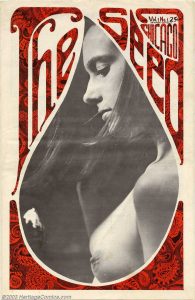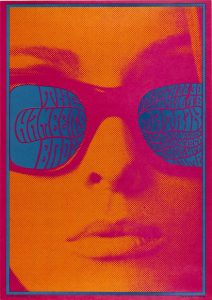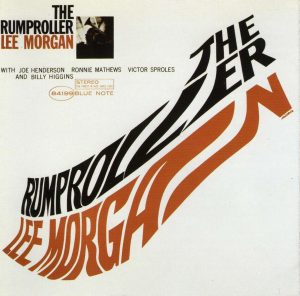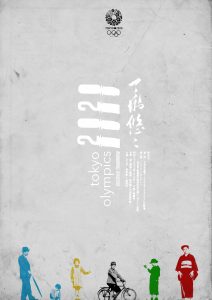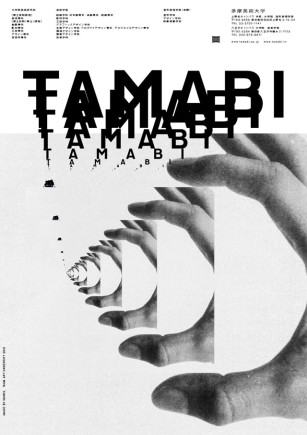In developing as a creator and designer I not only need to gain practical skills and techniques to become well balanced. In order to mature to my full potential growing my skills in communication, investigation and research of information will enable me to grasp better understandings for situations in my creative future. Through out the past weeks the Research and Communication Skills lectures has shown me a variety of past and present artist, all in which can give me beneficial inspiration, as well as that, learning about the changes throughout the 20th century betters my understanding of why things are the way they are now.
Looking into individual art movements in the 20th century one by one was very intriguing. Through using research resources such as the Internet and library I could delve deeper into these specific art movements. I could see how certain events, political situations and public ideals shaped these movements, such as Constructivism and artist Aleksandr Rodchenko who was “promoting the ideas of the government, particularly with his graphic design”.
Being interested in graphics design and illustrations, the ‘Research and Communication Skills’ module has shown me the progression of things I find interesting, widening my prospective and views. Also I’ve been able to find artist like El Lissitzky, a Russian Designer who developed Suprematism which uses shapes in a minimal manner as the key values. As a designer who prefers a minimal approach to design, finding out information like this ultimately helps me to create a variety of different work. I can now even notice popular artist currently who have taken inspiration from older movements, one being Shepard Fairey whose work resembles constructivism. A lot of his work might be screen printing but what inspired me in his work was the powerful messages that can be transferred across to an audience and that relates to who I am as a designer and where want to be heading.


As well as learning about connections between my work and the past. There has been task where I’ve needed to express my opinion. I’ve played devil’s advocate in situations where I needed to give valuable reasons for and against in certain topics. Learning to research is just as important as my communication of what I’ve learnt, me being able to give constructive opinions will help in many ways – “engage with their audience, and effectively communicate their skills and expertise.”.
Overall I found this module very useful. To begin with it has already given me a greater in sight into art, inspiring me with a variety of new learnt movements and artist. Already I am reaping the benefits of this research, in my current work I have been able to come up with more creative ideas and been more willing to test the boundaries within my own work.
Bibliography
Kate Makie “engage with their audience, and effectively communicate their skills and expertise.”, (2017) : https://artrepreneur.com/art-student-communication/
El Lissitzky “5. Globetrotter (in Time)”, (1923) : http://www.tate.org.uk/art/artworks/lissitzky-5-globetrotter-in-time-p07142
Shepard Fairey “Greater than Fear”, (2017) : https://obeygiant.com/people-art-avail-download-free/







